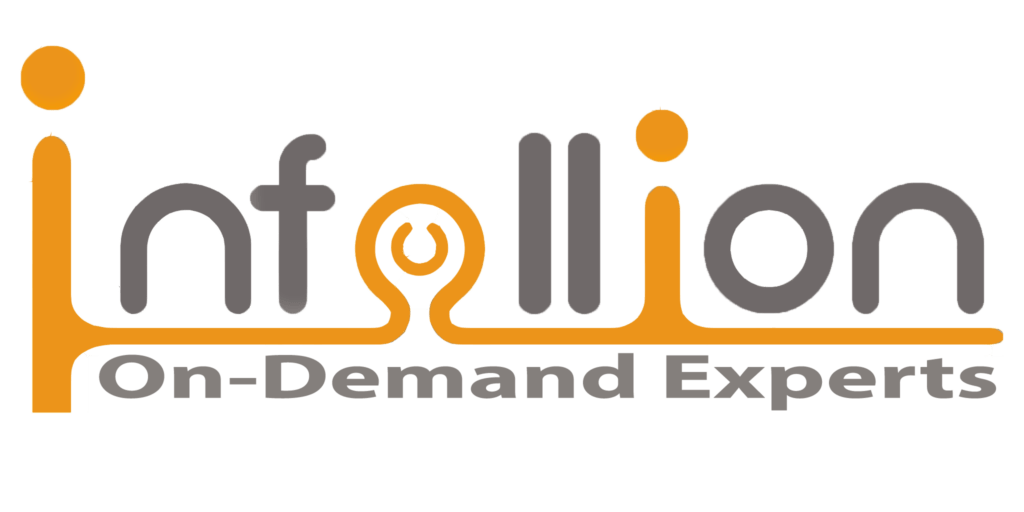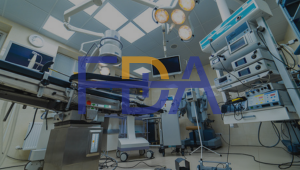Program Overview
This program provides a deep-dive into the US FDA regulatory framework for medical devices, equipping professionals with the knowledge and strategies required to navigate compliance successfully. Led by an industry veteran with over 25 years of experience, the course blends conceptual clarity, situational awareness, and real-world case sharing to demystify pathways such as 510(k), De Novo, PMA, and HDE. Participants will explore risk classification, design control requirements, quality system regulations (21 CFR Part 820), and emerging challenges like AI-enabled devices and cybersecurity. Through interactive simulations and group exercises, learners will develop actionable skills to build robust submissions, anticipate regulatory pitfalls, and accelerate market access.
Features
- Interpret FDA frameworks for device classification and regulatory submissions.
- Differentiate between 510(k), De Novo, PMA, and HDE pathways.
- Apply design controls, QSR (21 CFR Part 820), and risk-based compliance.
- Anticipate FDA challenges and design stronger regulatory strategies.
Target audiences
- Professionals in Regulatory Affairs
- Professionals in R&D
- Professionals in Clinical Affairs & Compliance teams.
- Professionals in Quality Assurance
Curriculum
- 5 Sections
- 19 Lessons
- 1 Day
- Understanding US FDA Regulations4
- Regulatory Pathways & Compliance Challenges5
- 2.1510(k) vs De Novo vs PMA → choosing the right strategy
- 2.2Investigational Device Exemptions (IDE) for clinical studies
- 2.3Combination products and software-driven devices (SaMD, MDSW)
- 2.4Design Control Failures, Inadequate Clinical Evidence, Documentation Gaps, Cybersecurity Non-compliance
- 2.5Enforcement actions: FDA warning letters, import alerts, consent decrees
- Real-Life Case Sharing – Successes & Failures4
- Interactive Exercises & Simulation3
- Wrap-Up & Key Takeaways3






